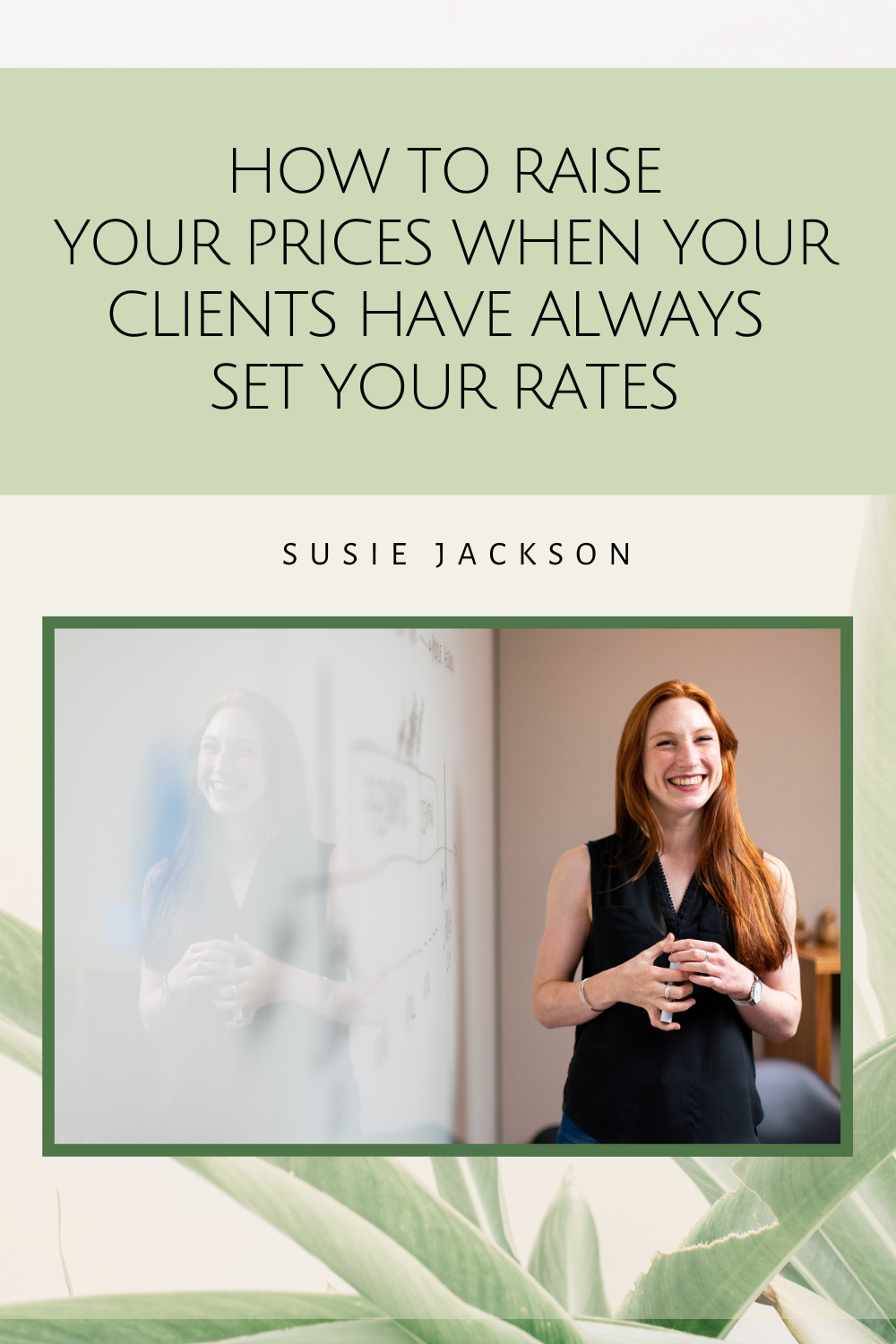The Quoting Process – How to Put Together and Send a Quote to a Client
In my experience, the quoting process is one of those things that tend to send freelancers and small business owners into a spin. The excitement of receiving a new request from a customer or potential client often quickly gives way to panic and despair at the thought of having to put a quote together.
How much should you charge? Should you give the client more than one option? And how do you actually go about deciding all this, settling on a final figure and the quote you’re going to send?
Having worked with many freelancers and small business owners, I’ve often seen these kinds of doubts lead to analysis paralysis. They can result in people picking numbers out of thin air or can even cause business owners to avoid actively seeking new clients, preferring to continue with the low-paying ones they already have rather than initiate the quoting and negotiation process from scratch.
Since I know that creating quotes is something so many freelancers struggle with, I wanted to share my own quoting process with you. Being really clear on certain aspects before I put together a quote helps me remove the emotion from the situation, getting rid of any doubts I might otherwise have and speeding up the task as a whole.
How to send a quote to a client
In order to feel confident when sending a quote to a customer, you need three things: a full understanding of the scope of the project, an accurate idea of how long it’s likely to take you to complete the work, and clear rates for your services that work for both you and your business.
I’m going to run through each of these essentials and the steps I take when putting together a quote for my customers.
1) Make sure you fully understand the scope of the project
As an academic translator and copy editor, I tend to work more with direct clients than agencies. One of the positives about working with direct clients is that there’s usually more flexibility when it comes to negotiating your rates. However, there is also much more room for misunderstandings in terms of client expectations about what the work will involve.
When I’m asked for copy editing, I make sure that I always see the document the customer wants me to work on before sending a quote. All the translators and copy editors out there will know what I mean when I say that, based on the quality of the language, some texts would be quicker to translate than edit.
Similarly, I’ve heard of copywriters being expected to provide end customers with unlimited rounds of revisions until they’re blue in the face.
It’s essential to understand what the customer’s expectations are and to establish any boundaries that need to be set upfront rather than finding out about them, and wasting time and therefore money, further down the line.
2) Calculate how long you expect the project to take
Once I’ve understood the full extent of the job, I’ll calculate how long I think the project is likely to take me.
I’ve been tracking my time for years and know on a standard basis how much I can get done in an hour. I also have records for each client project I’ve worked on in the past, so I’ll look back at those and see if there’s something similar to the project in hand. If there is, I can check how much time I ended up spending on it to make sure I’m not underestimating how long it will take to complete.
If you’re unsure how long a job is likely to take you, I always find it’s better to overestimate rather than underestimate. As human beings, we tend to overestimate how much we can get done in an hour, so this way, you’ll make sure you don’t lose out and get paid for your time!
In any case, once you’ve been tracking your time for a while, you’ll find that you’re able to estimate fairly accurately how long a project is likely to take you.
3) Use your hourly rates to help you set a standard price
After calculating how long I think the job will take to complete, I’ll use my hourly rates to decide on the final price I’m going to offer the client for the full scope of the work.
I’m very clear on my rates thanks to the method I teach in Charge with Confidence. I have an absolute minimum hourly rate that I know I can’t go below if I want to cover all my expenses and earn enough to make a decent living. However, I also have an aspirational hourly rate that I’m aiming to earn moving forwards. So at this point, I’ll calculate how much the project would have to cost to meet both my minimum and aspirational hourly rates. If there’s a big difference between these two prices, I’ll also calculate how much it would cost if it were somewhere between the two.
Once I’ve got these figures in mind, I’ll have a think about what the client’s budget is likely to be. For example, if they’re a large multinational company, perhaps price will be less of a deciding factor than it might be for an individual. Since I typically work with academics, unless they’ve got funding, their budget is likely to be tight. So if I’m sensing they might struggle to afford my aspirational rate, I’ll probably quote a little way above my minimum price as the standard rate for the project.
I always try to avoid quoting my minimum as standard because I like to leave some room for negotiation.
4) Offer the client a cheaper alternative
The space I leave for negotiation allows me to offer the client a second, cheaper option, showing them that even if they can’t afford my standard price, there may still be a way for them to work with me.
More often than not, I’ll offer the customer a lower price in exchange for a longer turnaround time. I like the flexibility of being able to fit projects in around other things, and I find that it’s something a lot of my academic clients are willing to compromise on.
Sometimes, I’ll even offer the customer more than one alternative, but depending on the job, there isn’t always that much that can be compromised on. It’s down to you to understand what might be a good alternative for your client. For example, if you’re a copywriter and typically offer two rounds of edits, you could consider offering just one round instead.
Anything that would make the job less time-consuming or more enjoyable for you could make for a great cheaper option for your customer.
Either way, when I offer a cheaper option, I never go below my absolute minimum. I know that if the client can’t pay me an amount that aligns with my minimum hourly rate, covering my expenses and allowing me to earn a decent living, I’d be better off looking for other projects that can pay me more. Otherwise, I’m not going to be able to pay for everything I need in my business, or I’ll have to work longer hours to make up the difference.
Since this is something I’m not willing to do, I find that being really clear on my minimum and aspirational rates helps take the stress out of the quoting process. If the client can’t pay my minimum, the job simply isn’t worth my time.
If you’d like some additional support to take the stress out of quoting, I’ve put together two free quotation templates that you can use next time you’re sending a price to a potential client. Both come with full instructions to help you banish those doubts and make sure you’re considering everything you need to take into account.
Hi, I’m Susie
I mentor freelancers on pricing and business finances so you can earn a decent living doing what you love.
I’m a translator, editor, chocoholic, crochet addict, animal lover, and budding gardener (get it?) who loves empowering others to achieve their goals.













